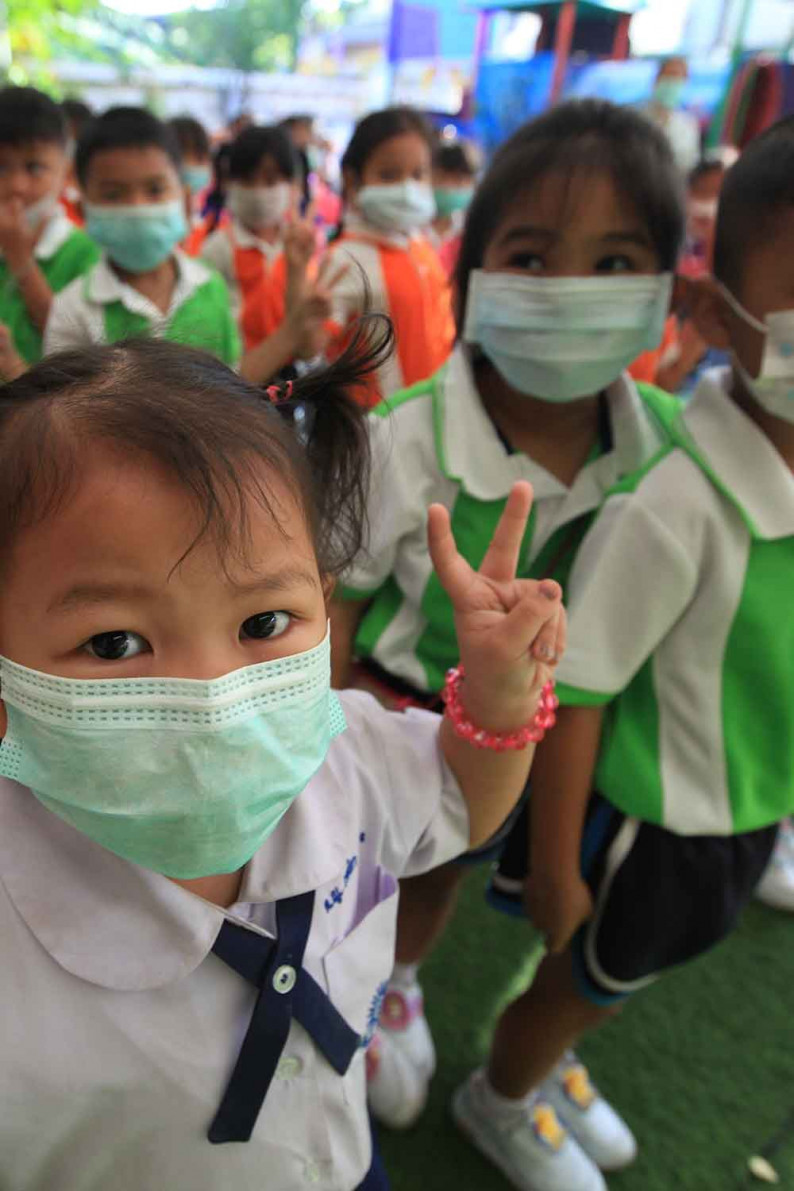
In the wake of Covid-19, institutes of learning by the dozens have sealed their doors to shelter students from the disease. In the tally recorded by the United Nations Educational, Scientific and Cultural Organisation, as many as 193 countries locked down schools nationwide, unnerving almost 1.6 billion learners or 91% of the global student population.
Amid these trying times, ensuring learning continuity is the priority for education officials, in the absence of which, the cost to students and the economy could be devastating.
Megan Kuhfeld and Beth Tarasawa, researchers at Northwest Evaluation Association (NWEA), projected students in the United States could be robbed of almost a third of reading and over half of math skills they gained from the previous academic calendar by the time classes resume in early September.
Adjunct Professor George Psacharopoulos at Georgetown University and team estimated American students could squander 2.5% of potential salaries per year as a result of school closures which started in mid-March. The damage would compound to 63% of annual earnings or 12.7% of US GDP over the coming generation.
To prevent students from falling off the academic cliff, schools have turned to remote education. Delivery methods range from old-school mailings of printed didactic materials and radio and television broadcasts to more technically advanced mobile applications and online platforms.
The last of these includes webcasts where pre-recorded tutorials are available via education ministry portals and YouTube, cloud computing where learning and assessment content are shared online via Google Classroom and Microsoft Teams, and video conferencing where classes are livestreamed via Zoom and Google Hangouts.
The Organization for Economic Co-operation and Development and the World Bank have tracked countries' responses to distance learning. Their reports show most governments realise there is no magic bullet and, to the extent technology and resources permit, they have combined the more accessible mediums of print, radio and TV with the more interactive modes of mobile and online.
Argentina is a case in point. Learning materials were mailed to students from kindergarten through grade 12; teaching is broadcast on public radio and TV for seven and 14 hours a day, respectively; and digital content encompassing on-demand resources and virtual lessons are posted on the state's educational website.
Some governments are pushing the envelope through massive fiscal backstops.
One of them is South Korea, which has poured US$250 million, or 4% of its total education budget, into emergency funding for e-learning platforms, WiFi access and IT devices.
Others have set in motion public-private partnerships to ensure online instruction reaches every student including the vulnerable.
Examples are the government partnering with internet service providers to guarantee subsidised and zero-rated data for digital content in Jamaica; mobile carriers providing SIM cards to students without charge in Egypt; publishers providing free e-textbooks for grades 1 to 10 in Bulgaria; and online learning providers making available their content at no cost in Indonesia.
Additionally, the Kenyan government, Alphabet Inc and Telkom Kenya have joined hands to hover Google's Loon Balloons over the country's airspace to deliver an aerial wireless network with up to 4G-LTE speeds for learners in underserved communities.
To ensure remote education is effective, Italy is supporting teachers using distance training and regional working groups while Georgia has created virtual consulting domains where volunteer tech experts help teachers from afar.
In Thailand, the Ministry of Education announced three modes of distance learning, namely television, on-demand resources via the digital education excellence platform (Deep) and interactive online education.
Kindergarten students will study on TV, and so will primary to lower secondary students who will also learn using Deep while upper secondary seniors will take lessons through all three channels of instruction.
Students will be allowed to return to bricks-and-mortar classrooms if onsite learning is deemed safe. Anti-virus measures will be installed alongside possible staggered classes where students take turn to attend school on alternate days.
Over a fortnight, the ministry will assess the readiness of students, parents and teachers on devices and internet access as well as schools on pedagogies. Trials will be performed between May 18 and June 30 where feedback will be collated and support on equipment provided as appropriate.
As the ministry waits to log the comments, the public is voicing concerns about inconducive home learning space, digital division, dated pedagogy and students' lack of self-discipline.
Pumsaran Tongliemnak, an education economist at Equitable Education Fund, stressed that having a quiet corner to study is essential for home-based learning.
However, OECD 2018 data found over 30% of 15-year-old Thai students did not have a supportive study environment at home.
This was more than three times the OECD average.
In the realm of online learning, a poll by Kasetsart University academics revealed 66% of students had no computer and 57% didn't have home internet. Teachers assessed just 45% of students were prepared for e-learning, and only 58% of teachers rated their readiness for virtual teaching as average or above.
Former finance minister Korn Chatikavanij, in an interview with The Standard, said Singapore managed to roll out digital learning despite a short lead time because they have the technology and trained teachers who are capable of adapting swiftly to the seismic shift to online, both of which are our Achilles' heels. And it's known that our educators typically cling to the old "top-down rote-learning approach".
Even with these issues resolved, Assoc Prof Predee Phisphumvidhi of Mahidol University said distance learning will only be productive if students have the discipline to study independently. Unfortunately, this is missing in many.
The razor-thin infection numbers may offer us a respite from having to deploy full-blown remote education as experienced in other countries. But regardless of how things unfold, distance learning is not just a stopgap measure.
Rather, it is a canary in the coalmine for us to buckle down to our long-overdue pledges on digital learning and inclusion, as well as a learning society where parents engage in children's education and students uphold a "never stop learning" attitude.
Bundit Kertbundit is a contributing columnist.

